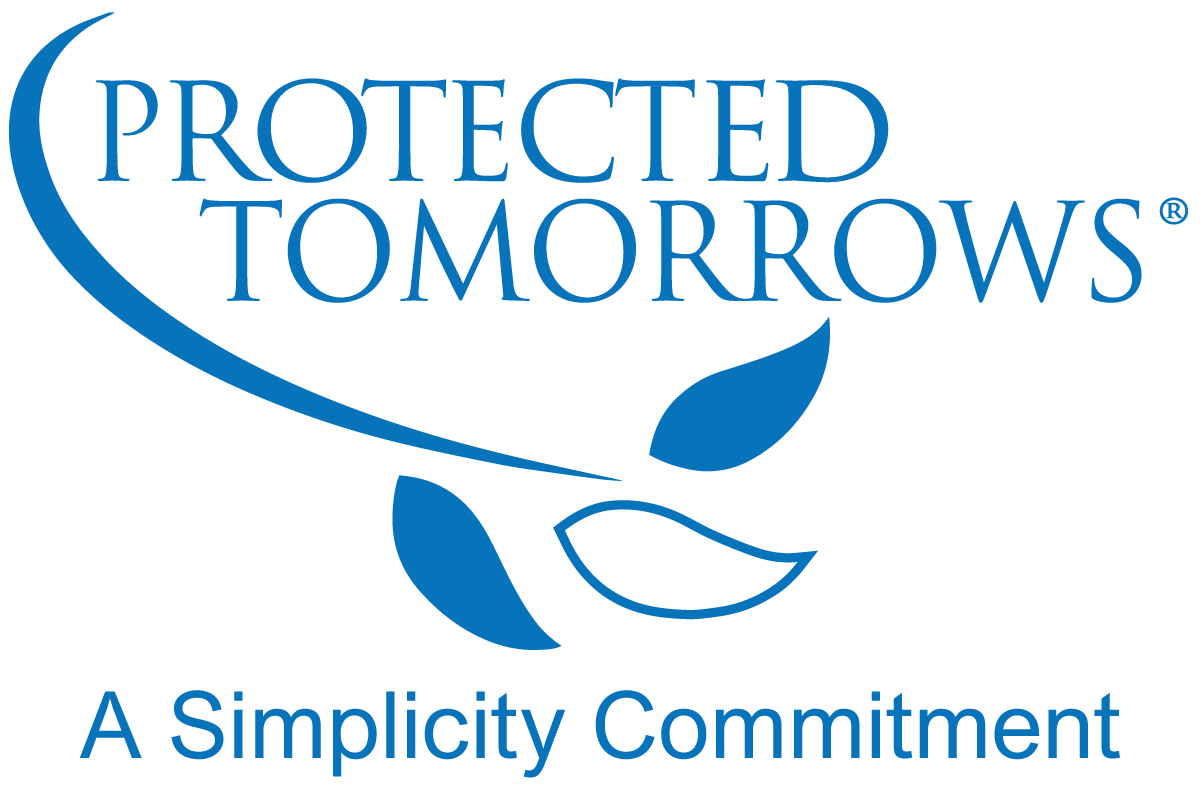Making the Transition Into Community Living
One drastic misdiagnosis forever changed Susan Sinden’s life in a heart beat. She was a mother and a wife who went to the doctor with a cough. “The doctor thought it was asthma and gave me Advair, then sent me home. I was supposed to follow-up the following week with an appointment, but I never made it,” says Susan. Four days later, she was in the emergency room feeling very sick. Susan didn’t wake up until 12 days later.
It was found that Susan didn’t have asthma. Instead she had one of the most deadly types of pneumonia a person can get, known as pneumococcal disease. Doctors told her family that the survival rate for Susan’s pneumonia case was zero to none. Gangrene developed in her lower extremities, forcing the doctors to amputate both of her legs below the knee and all of her fingers on both of her hands, except for her thumbs. But, her struggle to survive would not end in the hospital. Susan continued to fight for her independence while living in a rehabilitation center, and later, she fought to become a thriving member of the community once more.
Life in a rehabilitation center was not ideal for Susan, a woman who had an active life prior to her disability/illness. “[In the rehabilitation center] you don’t have a lot of space or privacy. I felt lost at first because everything changed so quickly,” says Susan. She was very close to her supportive husband and regretted not being there for her son when she was in the nursing home. “I missed out on three years of his life,” she says, “Then I said, ‘It’s my time to live in this community, like I did before.'”
Fortunately, for Susan and others, living in a nursing home, intermediate care facility or other type of institution is not the only option. In fact, the cost of living in an institution is higher than the costs of living in the community. With proper education about housing options, funding, advocacy, and personal care, transition from institutional living to community living can become a reality.
Proper education is the key to any successful transition. Your first step is to gather as much information as possible to make an informed decision. According to Julie Alexander, Nursing Home Transition Program Project Coordinator for Independence First, the first step is making the initial phone call and getting in touch with a transition counselor. “When working with people [in an assisted living home], they can contact us or we can get in touch with them. Then we can move on to coordinating services like housing, funding and personal care,” says Alexander.
A transition counselor can teach you many important skills, including advocacy. It’s important to learn to be your own advocate throughout the planning process by knowing your rights, your entitlements and how to file a complaint. Alexander knows how frustrating it can be. “We help people get through the red tape,” she says. “In the last year we’ve negotiated with the housing authority to designate a number of places for people with disabilities.”
The process to transitioning can be a long one. “An ideal case is someone who is moving back into their own home and will need some personal care services. In a good case scenario, this would take about six weeks.” However, Alexander continues, “Finding a one bedroom residence may take one to two months or even up to three or four months if the case is complicated and involves county assistance. I’ve seen cases that can take six or seven months because of the waiting list.”
The most difficult challenge is finding housing. You may choose to live with relatives, find subsidized housing or find low income housing. Unfortunately, there is not a lot of accessible housing for people with disabilities, or the waiting list is so long that you may find yourself waiting for up to four years.
In addition to housing challenges, sometimes even family and doctors can be a barrier towards your independence. Concerned family members may not support the transition. It then becomes necessary to convince them that living on your own is an achievable goal. If the nursing home staff determines that you can live safely on your own, then you have the right to make your own decisions about moving out. “My psychiatrist didn’t think I was emotionally ready because I was too eager and stubborn, and I was jumping into things too quickly, but he was wrong. I said, ‘It’ll be over my dead body before I’ll go back into a hospital or nursing home,'” says Susan.
Some Extra Tips for a Smooth Transition
- Work with the Right People – Make sure the staff you are working with are fully knowledgeable about the rights and services you deserve. An educated staff member who can provide resources for success is essential. Make sure your transition counselor knows your community well and can provide answers for any topic ranging from affordable housing to finding furniture and budgeting your money.
- Prepare for a Rainy Day – If possible, before you move out, set aside money (known as a slush fund) for emergencies.
The next essential step is to investigate funding resources that are available. In Wisconsin, for example, “The state has designated funds for individuals who want to live in the community under the Community Relocation Program,” says Alexander. Look for resources such as the Housing Voucher Contract that can help if you want to move back into your home but need funding for a ramp. However, don’t expect this to be a quick process with a fast turn-around. “Money is there, but it takes time,” says Alexander. Be sure to ask questions about other resources that may be available to you at your local independence center.
Have a true understanding of the independent living philosophy: everyone has the right to live in the community. “Consumer choice and community empowerment is what our philosophy is. When I meet with someone, it’s about what they want. We work with people, not for people. And, [we] give them the resources they need: direction, empowerment and control,” says Alexander.
“I am more than happy to be alive,” says Susan. “Without them (Independence First’s transition help) I wouldn’t be out of there. I‘d still be in a nursing home. It’s a challenge, but it’s better than being where I’ve been. I’m working really hard on my prosthetics, and that’s progress for me. It’s not a piece of cake, but you learn to adjust.”
Please visit www.independencefirst.org or www.ENDependence.org for further information on transitional living and for of experts familiar with the transition process.
Related Resources

Special Needs Planning Series – Part 6: Begin the Transition™
read article

How to Find a Great Support Group: A Guide for Caregivers
read article
 search
search 





